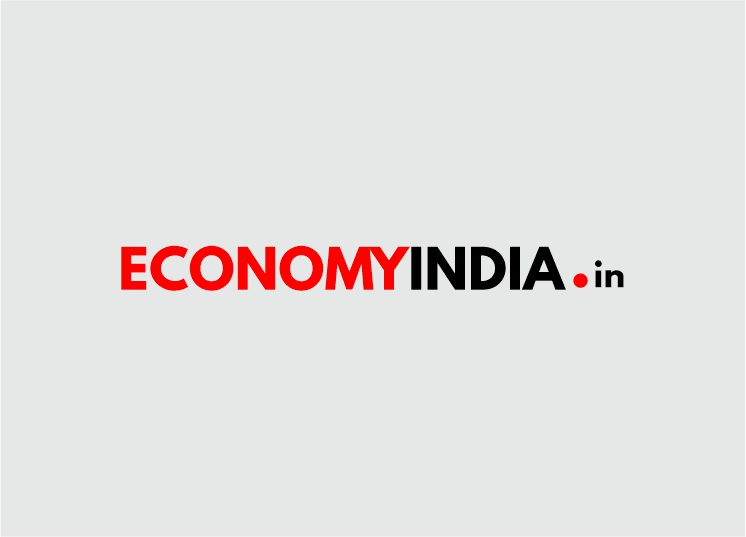The Reserve Bank of India has pegged the economic growth rate for 2022-23 at 7.8 percent, down from 9.2 percent expected in 2021-22, in view of uncertainties on account of the pandemic and elevated global commodity prices, RBI governor Shaktikanta Das said on Thursday.
The RBI’s growth projection for next financial year is lower than 8-8.5 percent projected by the Finance Ministry in the recent Economic Survey which was tabled in Parliament earlier in the month.
Unveiling the bi-monthly policy, RBI Governor Shaktikanta Das said, “recovery in domestic economic activity is yet to be broad-based, as private consumption and contact-intensive services remain below pre-pandemic levels.”
Union Budget 2022-23
He observed that the announcements in the Union Budget 2022-23 on boosting public infrastructure through enhanced capital expenditure are expected to augment growth and crowd in private investment through large multiplier effects.
“Global financial market volatility, elevated international commodity prices, especially crude oil, and continuing global supply-side disruptions pose downside risks to the outlook,” he added.
Overall, he said, there is some loss of the momentum of near-term growth while global factors are turning adverse.
“Looking ahead, domestic growth drivers are gradually improving. Considering all these factors, real GDP growth is projected at 7.8 percent for 2022-23 with Q1:2022-23 at 17.2 percent; Q2 at 7.0 percent; Q3 at 4.3 percent; and Q4 at 4.5 percent,” he said.
Gross Domestic Product (GDP)
The first advance estimates of national income released by the National Statistical Office (NSO) on January 7, 2022 placed India’s real gross domestic product (GDP) growth at 9.2 percent for 2021-22, surpassing its pre-pandemic (2019-20) level.
“All major components of GDP exceeded their 2019-20 levels, barring private consumption. In its January 31 release, the NSO revised real GDP growth for 2020-21 to (-) 6.6 percent from the provisional estimates of (-) 7.3 percent,” he said.
Available high frequency indicators suggest some weakening of demand in January 2022 reflecting the drag on contact-intensive services from the fast spread of the Omicron variant of coronavirus in the country, he said.
Rural demand indicators – two-wheeler and tractor sales – contracted in December-January, he said, adding, area sown under Rabi crops up to February 4, 2022 was higher by 1.5 percent over the previous year.
Economic Survey
Amongst the urban demand indicators, he said, consumer durables and passenger vehicle sales contracted in November-December on account of supply constraints while domestic air traffic weakened in January under the impact of Omicron.
Investment activity displayed a mixed picture – while import of capital goods increased in December, production of capital goods declined on a year-on-year (y-o-y) basis in November.
Merchandise exports remained buoyant for the 11th successive month in January 2022; non-oil, non-gold imports also continued to expand on the back of domestic demand.
The bi-monthly policy comes against the backdrop of the Budget presented earlier this month estimating a nominal GDP of 11.1 percent for 2022-23. The Economic Survey pegs economic growth at 8-8.5 percent for next financial year.
The government expects this growth to be fuelled by a massive capital spending programme outlined in the Budget with a view to making crowd in private investment by reinvigorating economic activities and creating demand. (Economic Times)



